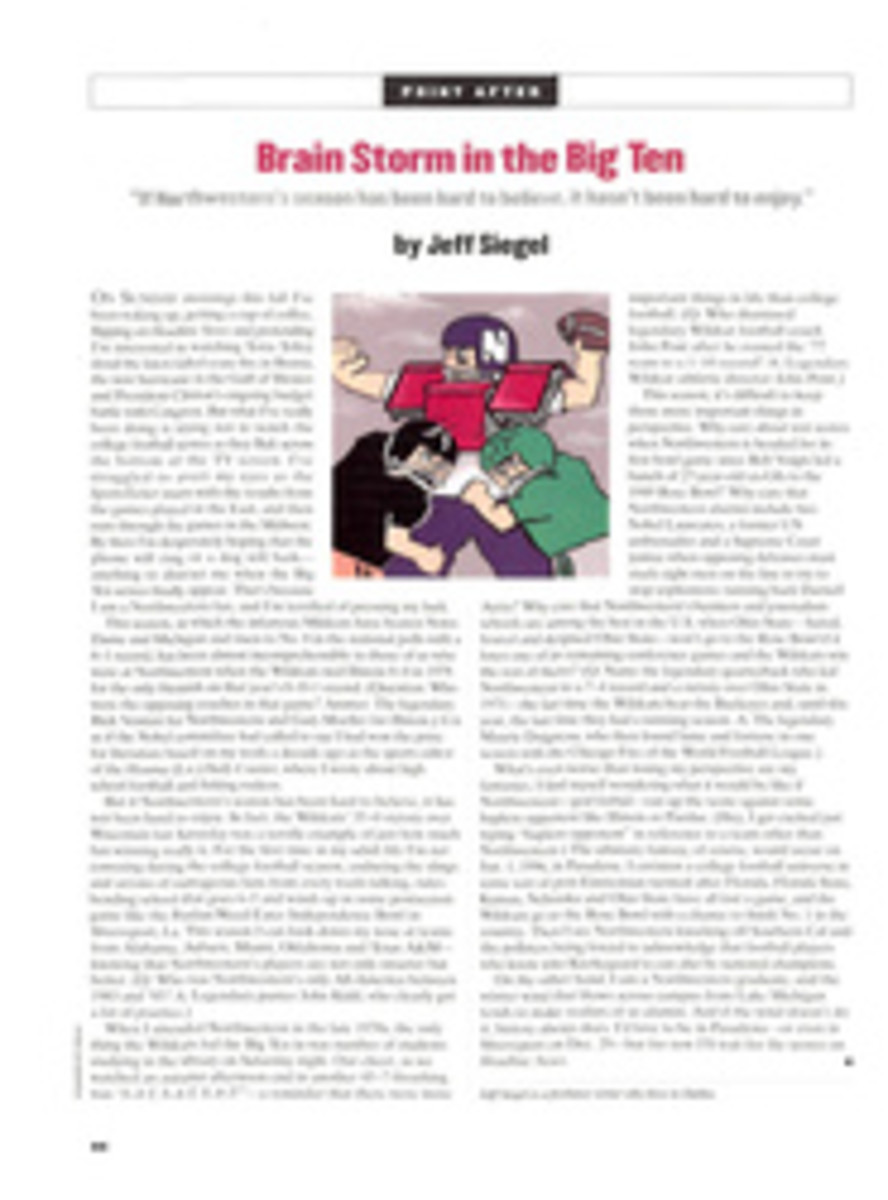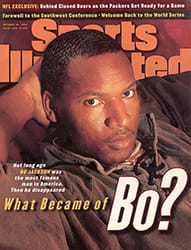
THE TOUR'S SECRET POLICE
ALTHOUGH THE penalties professional golfers routinely call on
themselves are often made public because they shed a positive
light on the game and its players, incidents of cheating seldom
make it past the locker room door because they have the opposite
effect.
The pro tours do not keep records on how often rules officials
are called upon to resolve disputes between players, but such
incidents occur every week. Borderline cases often go unreported
for two reasons. First, calling an infraction on another player
is inevitably unpleasant and probably disputable because the
rules specify that the accused receives the benefit of the doubt
if no one can corroborate the charge. Second, there is a
prevalent attitude that if a player cheats, he is not good
enough to win playing fair. Therefore such a player is not a
threat. The logic is flawed when the accused is as good as Mark
McCumber, a 10-time winner.
Traditionally cheaters have been stopped by peer pressure rather
than through the actions of officials. In most cases a private
confrontation between accuser and accused ends the funny stuff.
Here's how tour justice works: The players know the situations
in which it's easy to cheat. They watch when others are in those
spots, and when someone crosses the line, word spreads. When the
offending player is later observed by a second, corroborating
player while committing an offense, the cheater is labeled as a
player who must be watched. Subsequent violations are met with a
response from the accused player's peers.
Rarely is that response as drastic as the action taken by Greg
Norman against McCumber and never as public. The most publicized
cheating incidents involved Bob Toski and Jane Blalock. Both
were accused of improperly marking their ball on the green--the
most common and easiest way to gain an advantage. Toski withdrew
from the Senior tour for five months in 1986. Blalock had a case
built against her by the LPGA in 1972 but fought the tour in the
courts, which threw out the action on the grounds that her peers
had a conflict of interest in banning a fellow competitor. In
the next decade Blalock ranked among the top 10 players eight
times.
There are many opportunities to bend the rules, if not cheat.
The most common abuses occur when players bend tree branches to
build a stance, take unnecessary relief from casual water, fix
ball marks that are actually spike marks, play an unnecessary
provisional ball, take advice from another player, make improper
drops or alter their clubs.
And, of course, there's the old ploy of a player hitting a tee
shot into the rough and then pressing his driver behind the ball
before selecting another club with which to play the shot. A
story often told on Tour involves a player who was in the rough
addressing his ball with a four-wood for what seemed like
forever. Finally, his caddie asked, "Is that a four-wood shot?"
The player, tamping down hard, answered under his breath, "Not
yet."
--JAIME DIAZ
COLOR PHOTO: JOHN D. HANLON Toski withdrew. [Bob Toski]
COLOR PHOTO: JOHN W. MCDONOUGH Blalock sued. [Jane Blalock]

